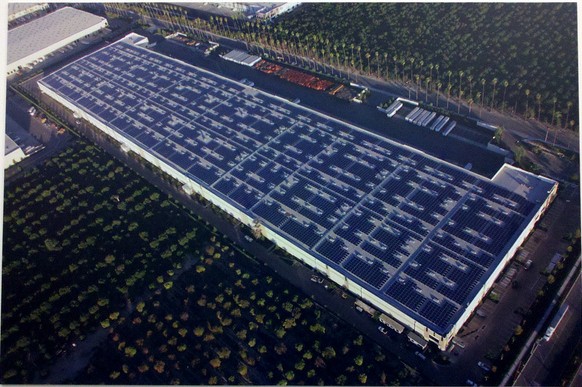According to estimates in a recent report, universities in Australia are now consuming almost double what they consumed a decade ago; and it’s bound to increase.
The Australian has reported that the Clean Energy Finance Corporation (CEFC) report shows Australian universities are spending as much as $720 million annually on electricity and missing out on some great opportunities to cut their energy costs through implementation of solar PV panels and energy efficiency strategies.
“The sliding performance is partly because of expanding student numbers and power-hungry research facilities. But it is also a result of conservative infrastructure agendas and a debt-averse mindset,” writes John Ross, The Australian’s higher education reporter.
As a matter of fact, some forward-thinking Australian universities have already embraced renewable energy and are reaping huge benefits from going solar.
For instance, the 150kW solar panels system installed at the University of Wollongong’s Sustainable Buildings Research Centre (SBRC) produces about 197 MWh of clean energy each year and saves the University an estimated $31,300 per year.
In 2015, a 100kW solar system was installed on Wilson Hall at the University of Melbourne, and on completion, the system generates approximately 124.8 MWh of clean electricity annually. In addition, the solar system offsets a whole 105 tonnes of carbon emissions per annum. UoM has also invested in more solar capacity which is actually in the pipeline.
Other Australian learning institutions which have embraced solar energy, initiated projects or planning to do so include the University of Queensland and the University of New England.
If an Australian university has plans to go solar, it doesn’t have to outlay a significant amount of funds up front or borrow money to do so. A solar Power Purchase Agreement (PPA) may be a viable option.
A solar PPA involves a long-term contract aimed at helping customers to purchase electricity delivered by solar power systems installed on their rooftops or business premises and which normally involve zero capital outlay. Besides helping consumers to save on their electricity costs, a solar PPA will also remove the burden of ownership.
However, the CEFC says that debt financing is a more ideal funding mechanism especially for large solar projects which require bigger capital outlays, but which also guarantee long-term savings as well as provide low ongoing costs.
The latest CEFC report was not yet available on the Corporation’s website at the time of publishing.



